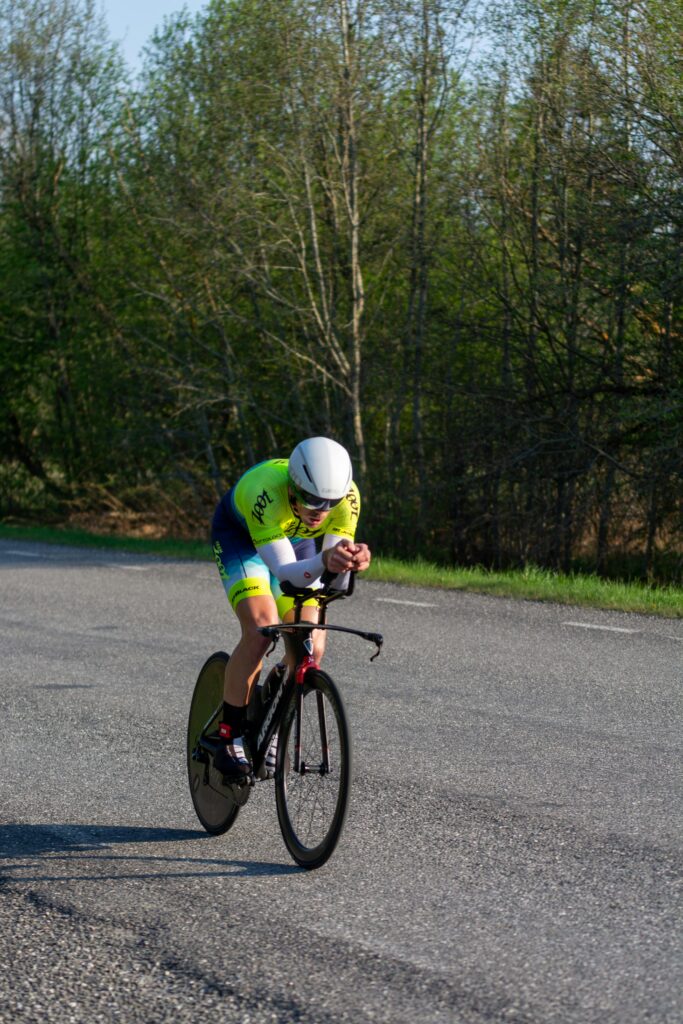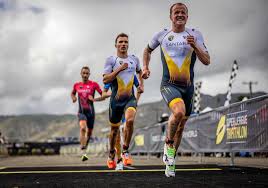Triathlon training isn’t just about mastering three individual disciplines—swimming, cycling, and running. One of the biggest challenges is transitioning smoothly between them, especially from cycling to running. If you’ve ever felt your legs turn to jelly after hopping off the bike, you’ve experienced what triathletes call the “brick effect.” This is where brick workouts come in.
What is a Brick Workout?
A brick workout is a training session that combines two disciplines back-to-back, most commonly cycling followed by running. The goal is to mimic race conditions and prepare your body for the physiological demands of transitioning between different movements.
Why is it Called a “Brick” Workout?
There are multiple theories behind the name:
- Legs feel like bricks when you start running after cycling.
- It’s about “stacking” two workouts like bricks.
- The term was supposedly coined by early triathletes who found the training method essential for race preparation.

The Science Behind Brick Workouts
When you transition from cycling to running, your body goes through several physiological shifts:
1. Neuromuscular Adaptation
Cycling and running use muscles differently. Cycling emphasizes the quadriceps, while running relies more on the hamstrings and calves. Brick workouts help your neuromuscular system adapt to this transition, reducing the awkward feeling when you start running off the bike.
2. Metabolic Conditioning
Switching from cycling to running requires a quick shift in energy utilization. Your body must efficiently switch from aerobic endurance in cycling to a more impact-heavy, high-intensity running stride. Brick workouts train your metabolism to handle this transition smoothly.
3. Improved Cardiovascular Efficiency
Your heart rate behaves differently in cycling versus running. Brick workouts help your cardiovascular system adjust more quickly, preventing spikes in heart rate that can lead to early fatigue.
4. Muscle Memory & Fatigue Resistance
Regular brick workouts condition your muscles to recover faster and sustain performance longer, reducing the risk of slowing down or cramping mid-race.
Benefits of Brick Workouts
- Better Race-Day Performance: Practicing transitions in training means fewer surprises on race day.
- Increased Endurance: Your body becomes more efficient at switching disciplines, reducing fatigue.
- Mental Toughness: Brick sessions mimic race discomfort, preparing you mentally for the challenge.
- Stronger Run Off the Bike: You’ll develop faster leg turnover and minimize the dreaded “jelly legs.”
How to Incorporate Brick Workouts into Training
Here are a few ways to integrate brick workouts based on your experience level:
Beginner:
- 20-30 min bike → 10-15 min easy run
- Focus: Getting used to running after cycling
Intermediate:
- 45-60 min bike → 20-30 min moderate run
- Focus: Improving transition time and sustaining pace
Advanced:
- 90+ min bike (race pace) → 30+ min run (race pace)
- Focus: Simulating race conditions and pushing through fatigue
Pro Tips for Effective Brick Workouts
✅ Start Easy: Don’t go all-out; gradually increase intensity over time.
✅ Practice Transitions: Set up a transition area to simulate race-day conditions.
✅ Use Race Gear: Train in your triathlon shoes and outfit to get comfortable.
✅ Fuel Properly: Hydrate and refuel as you would during a race to avoid energy crashes.
✅ Listen to Your Body: Don’t overdo it—allow recovery between intense sessions.

Conclusion
Brick workouts are an essential component of triathlon training, bridging the gap between disciplines and enhancing race performance. Whether you’re aiming for a sprint triathlon or a full Ironman, incorporating brick sessions will help you transition smoothly and run strong off the bike. So, lace up your shoes, hop on your bike, and start stacking those bricks!
